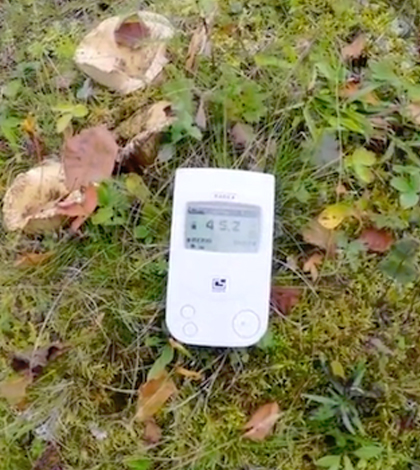Lake Ladoga Still Suffers High Radiation Levels From 1950s Nuclear Tests

Scientists are finding high radiation levels in soil samples around Lake Ladoga. (Credit: Flotcom)
It’s hard for Russia’s Lake Ladoga to escape its history as a test site for Soviet-era nukes. This is evident by a number of surveys that have sampled soils on islands around the lake since the testing ceased in the 1950s, which have reliably found elevated levels of radioactivity.
Add to those a more recent one by officials working on behalf of Rosatom, a state-owned corporation in charge of Russia’s nuclear industry. The officials recently tested more soil samples from some of the old testing grounds and continued to find levels of radiation throughout the region, according to The Moscow Times.
Journalists with Voyennoye, a military news website, were onsite to observe the measurements and also took readings of their own. They recorded anywhere from 10 to 100 times what are considered to be general background levels of radiation. One area of Kugrisaari, an island, registered a reading of 400 microsieverts per hour, a level also found around the Fukushima nuclear power plant after its meltdown in March 2011.
Top image: Scientists are finding high radiation levels in soil samples around Lake Ladoga. (Credit: Flotcom)




0 comments